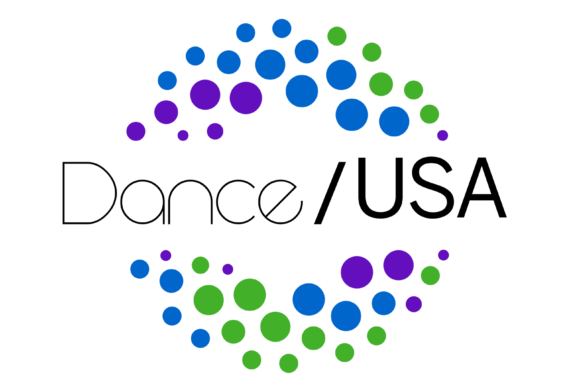2018 Dance Forum: Creating Dance In and For Today’s Society
Relevance, community, place-based work, and truth telling were the topics discussed at Dance/USA’s 2018 Dance Forum. The event focused on examples of work that represented the future of the dance field in different ways. Read on for more.
Stitch and Step: Fashion Designers Craft Statement-Making Costumes for Choreographers
Fashion designers have had a long tradition of creating costumes for choreographers, from Coco Chanel’s knit swimsuits for Ballets Russes’ “The Blue Train” to the bold, black-and-white striped Norma Kamali pajamas for Twyla Tharp’s “In the Upper Room.” Dance and high fashion have their proponents and faultfinders. Read on..
Weaving a Future for Inclusive Dance
Judith Smith cofounded AXIS Dance Company in Oakland, Calif., as one of the first contemporary dance companies to create and present dance on dancers with physical disabilities who used wheelchairs, prosthetics and crutches performing alongside nondisabled dancers. In May 2016, AXIS brings together physically integrated dancers and dance companies, presenters, dance service organizations, and funders with expertise in this area for the first time since 1997.
NEA Report: Reading Between the Lines
Every decade the National Endowment for the Arts conducts large-scale quantitative research on
audiences, providing a compendium of longitudinal information on
audience behavior. How do we interpret and use this wealth of
information? What do you need to know to participate in this ongoing conversation in the field? Read on here for more.
Saving Our Collective Memory
Are we ignoring or squandering our 20th century modern dance legacy? As if the public agony of the Martha Graham Dance Company weren’t
enough, the tragedy of the Cunningham company’s disappearance should be a
wake-up call to all American dance companies and arts funders. Dance critic Robert Johnson examines this issue.
Moving On: A Close Up Look at the Closing of the Trey McIntyre Project
The announcement in January by the Trey McIntyre Project that its
performances June 25-29, 2014, at Jacob’s Pillow Dance Festival would be
the company’s last sent both shockwaves and shrugs through the dance
community. The shockwaves were because despite the company only being
a full-time entity since 2008 (it had begun in 2005 as a summer pickup
company); it seemed to be a model of success in a dance world that is
constantly searching for new blood.
Lessons Learned: The World Trade Center Performing Arts Center Project and the Joyce Theater
On the 12th anniversary of 9/11, Dance/USA speaks
with Linda Shelton, executive director of The Joyce Theater Foundation,
about the plans for the World Trade Center performing arts center.
Originally, a two-organization complex with a purpose-built dance
theater, during over nearly a decade of planning, including budget cuts
to the project, the complex has been downsized and reshaped from the
original vision. Should the dance field be concerned about what happened
to this model project? What, if anything, can and should the dance
community be doing now as the project proceeds?
Come Dance With Me
Only recently has science tried to analyze how dance benefits the brain
and brings such joy. One theory holds that, like most exercise, dance
releases a cascade of feel-good chemicals in the brain. Dancing induces
the release of endorphins, the body’s natural pain killers that increase
pain tolerance and boost mood. Endorphins are responsible for the
euphoria experienced during a “runner’s high” and have a similar effect
on the body during dancing. Read on to see how dance educators are using dance to stimulate these brain-boosting effects in children and teens.
Sharon Luckman Receives the Dance/USA Trustees Award
Sharon Gersten Luckman, former long-time executive director of Alvin Ailey American Dance Theater, will receive the Dance/USA Trustees Award June 13 at its annual conference in Philadelphia. Catch up with Luckman in an interview with arts journalist Karyn Collins on what makes Ailey such a successful dance organization, what other companies can learn from the Ailey company success, and where she sees the field in the future.



Jobs That Matter?
In Sept. 2017, Kentucky Governor Bevins said: “If you’re studying interpretive dance, God bless you, but there’s not a lot of jobs right now in America looking for people with that as a skill set.” Dance professor Karen Bradley disagrees. Find out why.